Characteristics of the tomato variety Snow Leopard, its yield
Every summer resident who loves the classic varieties of large-fruited tomatoes should try a species that was bred relatively recently. This tomato is called Snow Leopard. Well suited for areas in which the climate is unfavorable, it grows well both in open ground and in greenhouses.
general information
The characteristics of this tomato variety are remarkable. The snow leopard is a high-yielding and early-maturing variety. The bush is determinate, the amount of foliage is quite large. The color of the leaf is dark, the leaf itself is large.
Fruit ripening occurs in clusters, which are formed from 4 to 6 fruits. The plant is considered quite compact, but needs to be shaped. The best option is 1 or 2 stems. Some branches may be heavy and need to be tied up.
The yield of the variety is excellent: one square meter can "give" a gardener from 2 to 3 kg of perfect even tomatoes. The size of the fruits is large, but moderate: the average weight is 120 - 130 grams. Fruit color - red-orange, very intense.
The shape of the Snow Leopard tomatoes is flat-rounded. The stalk is clearly ribbed. Bright taste, devoid of wateriness, gives off slightly noticeable sourness. The pulp of the fruit contains a very small amount of seeds, but is juicy and fleshy. An important component of the characteristics of the Snow Leopard tomato is the fact that the pulp contains a large amount of sugars and amino acids.
Tomatoes of the Snow Leopard variety are an early variety, the fruit ripening of which is celebrated on the 100th day. The compact plant has a simple inflorescence, excellent taste and flesh that melts in your mouth. The variety shows good resistance to fusarium and verticillary wilt. Important: Snow Leopard tomatoes are not affected by temperature extremes. This is a variety that perfectly adapts to almost any growing conditions.
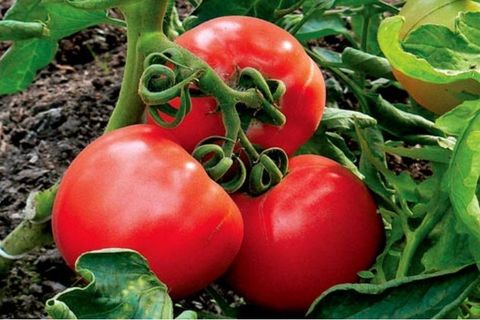
The snow leopard is a variety that is remarkable for its unpretentiousness. The description states that the tomato is completely hassle-free. Very productive and early enough, the variety has become the favorites of many vegetable growers in Central Russia.
The fruits resemble balls on a Christmas tree. They are framed by dark green foliage, the height of the bush rarely exceeds 0.5 - 0.6 meters. The variety does not treat fertilizing very well, with an excess of fertilizer, you can get an overgrown bush with lush foliage and an almost complete absence of fruits.
Having planted a plant in a hole, it is necessary to water it regularly and occasionally spray it with biological preparations, for example, Baikal.
The result is sure to form: a huge amount of red, expressively shiny tomatoes of excellent taste, collected from each bush. The variety is perfect for those who cannot visit their summer cottage every day - this is evidenced by numerous reviews of tomato fans.
How did
A tomato of the Snow Leopard variety was bred by breeders of Russia and is recommended for growing both in a film shelter and in open ground.
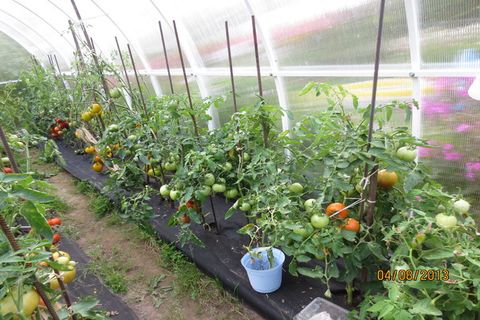
An excellent option for regions that cannot boast of a very warm climate. Tomato grows well in temperate or northern climates, perfectly tolerating all the vagaries of the weather: drought, prolonged rains, short-term frosts. The fruits harvested from the Snow Leopard bush are well stored, do not crack, they tolerate transportation perfectly.
Advantages and disadvantages
The snow leopard has several obvious advantages, which even the most experienced grower will not dispute:
- great fruit taste;
- good productivity;
- the ability to use both fresh and for conservation;
- resistance to pests and diseases;
- good tolerance to adverse climatic conditions;
- the possibility of long-term storage and transportation.
The only drawback, which is quite relative, is the need to tie sagging brushes and form a bush. Removal of the lateral processes is mandatory.
Growing features
You can grow a Snow Leopard both using seedlings and by planting seeds in the ground. Agronomists still recommend the first method, since more often this type of tomato is chosen by residents of regions whose climate is not hot, with the likelihood of prolonged frosts.
Before planting seeds for seedlings, you must immerse them in a growth stimulator for 12 hours. After that, the prepared material should be planted in small containers, deepening the planting by 1 - 2 centimeters. The composition of the soil can be as follows: garden soil, humus, river sand (previously well washed), superphosphate and wood ash.
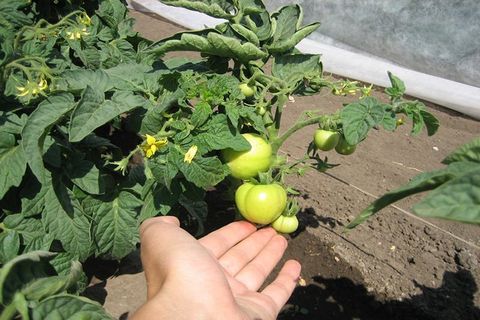
After the first shoots have appeared on the surface of the earth, containers should be placed under lamps or in the sun, if the length of daylight allows this. When a pair of real leaves have turned around, we can talk about a dive.
Having planted the plants in separate (preferably peat) pots, they should be fed with mineral complex fertilizer, and then determined for permanent residence. You can plant a crop in the ground or greenhouse not earlier than after May 15. Watering plants is carried out regularly. Make sure that the top layer of the substrate dries well.
It is not necessary to tie up a sufficiently compact bush of this variety, but in the process of ripening the fruits, the branches can become heavy. In such a situation, it is worth considering how to tie up individual plants that need support.
Pests and diseases
The peculiarity of the Snow Leopard is that the tomato does not suffer from diseases that are inherent in other varieties, but sometimes infection becomes possible. Preventive measures should be taken to maintain the plants and keep the crop happy.
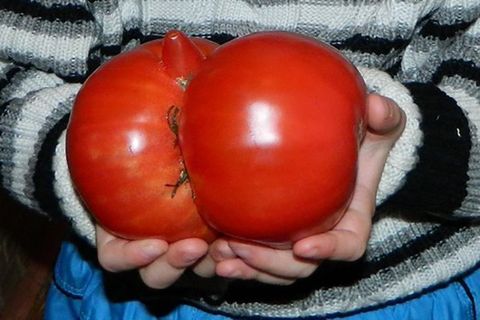
To do this, you can do the following:
- add a portion of humus before planting seedlings in the ground;
- spill the soil with a solution of potassium permanganate;
- timely, but very carefully feed the plants;
- thoroughly ventilate the greenhouse or greenhouse;
- loosen the soil;
- use mulch.
The snow leopard is a wonderful tomato that can be grown in any region of the country. Very unpretentious - there is a good yield with a minimum of maintenance.
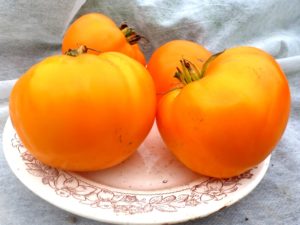
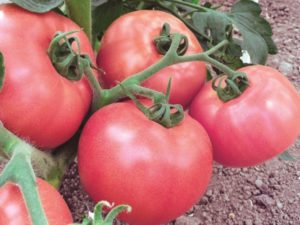




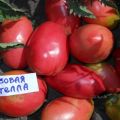
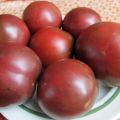


I planted this tomato at one time often, then I forgot about it, as many new interesting varieties began to appear. I fully agree with the article. But there are additions. I planted seedlings in early March, did not stepchild, thanks to this, the tomato bore fruit until diseases appeared, so as not to risk it, I had to clean it up earlier, but he himself never got sick. It ripens well. Filmed mainly in blanche ripeness, as there was a very large load on the bush.